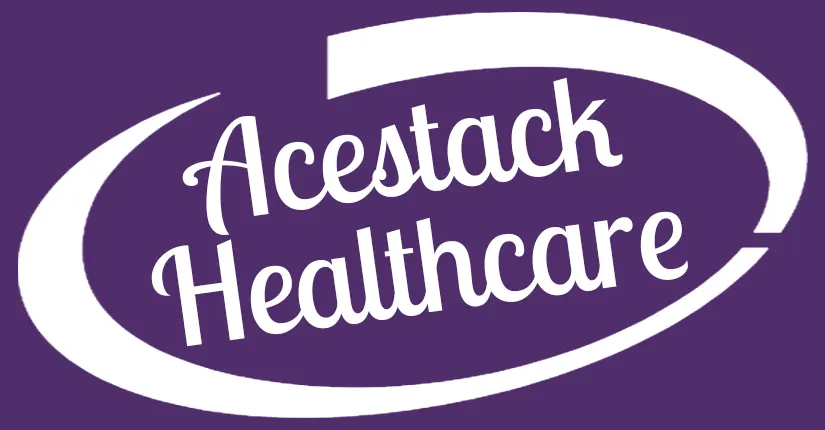Security and Privacy of Patient Health Data in the Current World: Safeguarding Confidentiality and Trust
Navigating Insurance Coverage for At-Home Health Services: What You Need to Know Introduction: In today’s digital age, the security and privacy of patient health data have become paramount. As healthcare systems increasingly transition to electronic health records and telemedicine, ensuring the confidentiality and protection of sensitive patient information is essential. In this blog, we will […]
The Aging Population: Challenges and Opportunities in Healthcare
The Aging Population: Challenges and Opportunities in Healthcare Introduction: The world’s population is rapidly aging, presenting both challenges and opportunities for healthcare systems worldwide. The aging population brings unique healthcare needs and demands, requiring innovative approaches and a comprehensive understanding of their impact. In this blog, we will delve into the challenges and opportunities that […]
Emergency Preparedness and At-Home Health Services: Lessons Learned from Recent Events
Emergency Preparedness and At-Home Health Services: Lessons Learned from Recent Events Introduction: Emergency preparedness is a vital aspect of healthcare delivery, especially in times of crises such as natural disasters, public health emergencies, or other unforeseen events. In recent years, these events have underscored the importance of effective emergency preparedness, including at-home health services. In […]
The Future of At-Home Health Services: AI, Robotics, and Virtual Assistants
The Future of At-Home Health Services: AI, Robotics, and Virtual Assistants Introduction: The landscape of healthcare is rapidly evolving, and one area experiencing significant advancements is at-home health services. As technology continues to progress, the future holds immense potential for the integration of artificial intelligence (AI), robotics, and virtual assistants in at-home healthcare. In this […]
Navigating Insurance Coverage for At-Home Health Services: What You Need to Know
Navigating Insurance Coverage for At-Home Health Services: What You Need to Know Introduction: When it comes to accessing at-home health services, understanding your insurance coverage is crucial. Many individuals and families may be unaware of the options available or the specifics of their insurance policies. In this blog, we will guide you through the important […]
